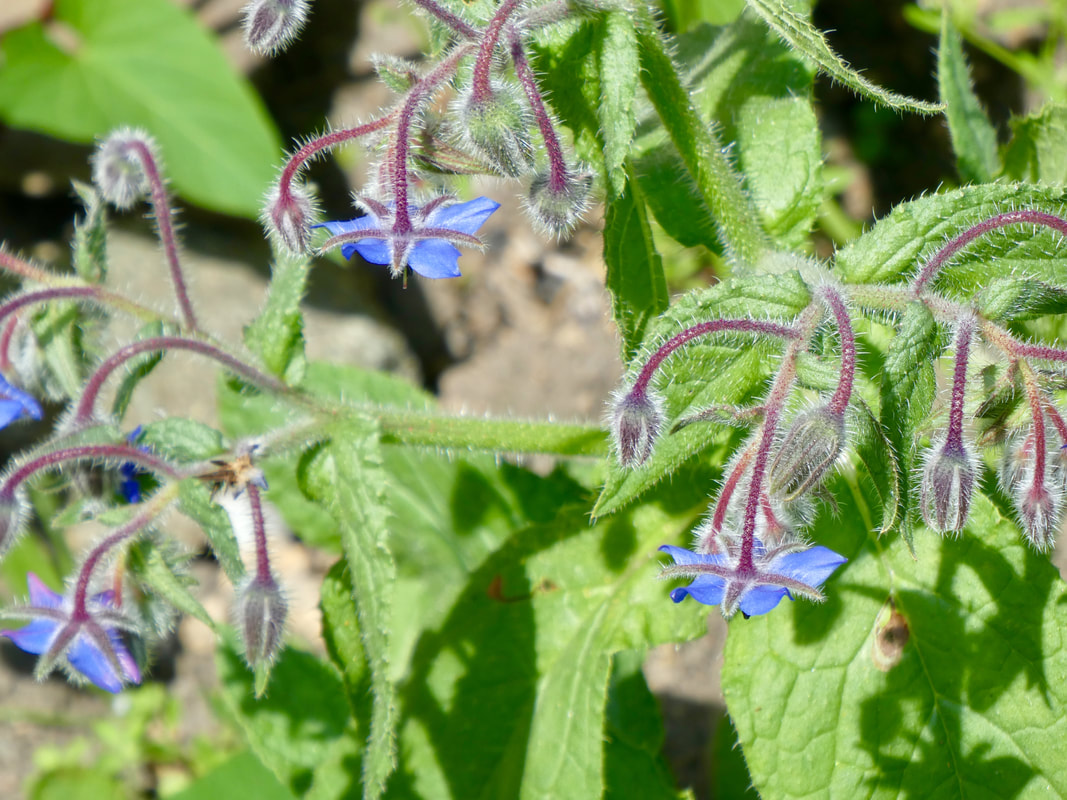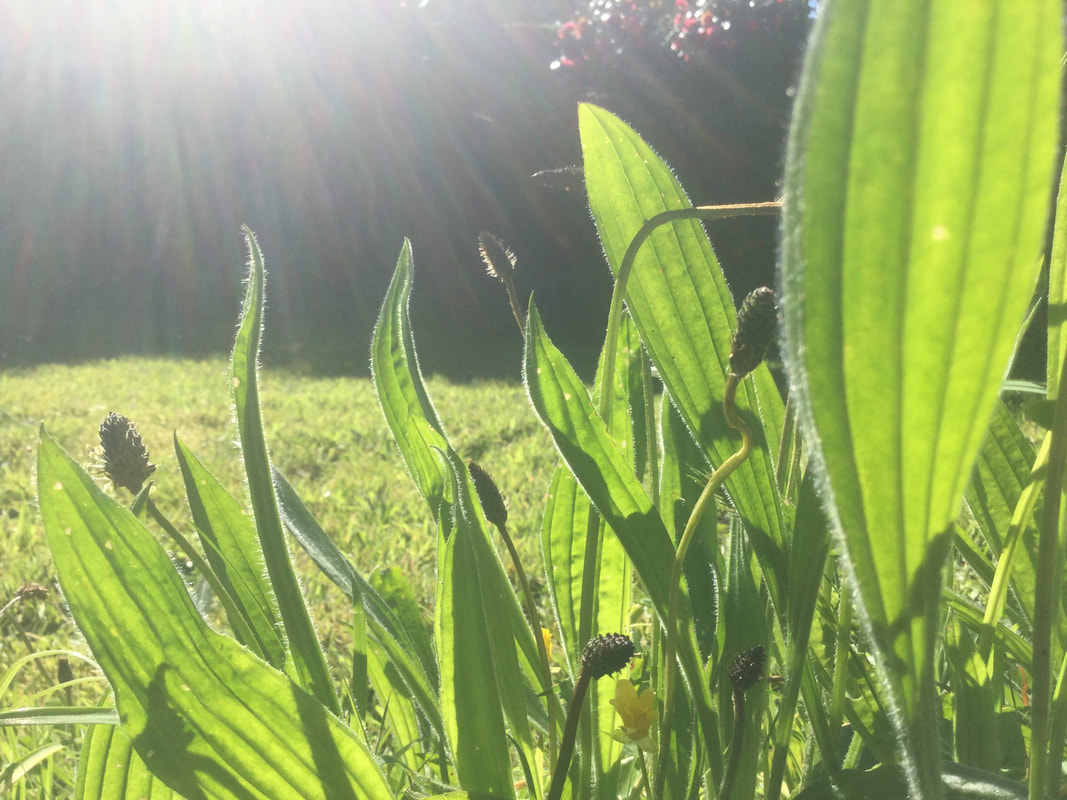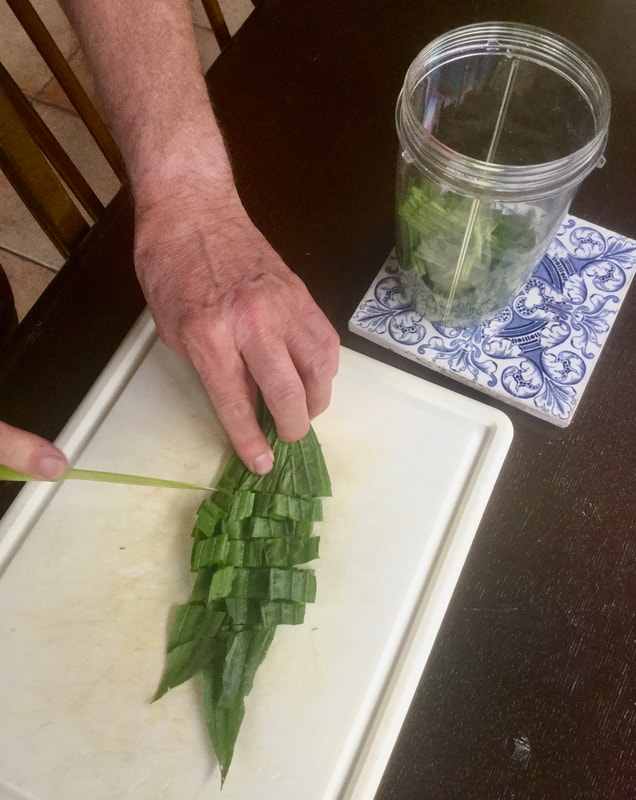Borage (Borago officinalis) is part of the Boraginaceae family, it is very common in Britain. It is possible to make a tincture from the leaves and flowers. Its distinctive blue star shaped flowers (see photograph above) are part of the British summertime and are used to garnish the traditional English recreational beverage known as Pimm’s.
Constituents:
The flowers and leaves contain mucilage, tannin, saponins, essential oil, pyrrolizidine alkaloids, potassium, calcium, Vitamin C, volatile oil.
Properties:
Quality – Guna – Light, unctuous
Taste – Rasa – Astringent, sweet, salty, bitter
Post digestive effect – Vipak – Sweet
Potency – Virya – Cooling
Doshic signature – Reduces Pitta & Kapha. Increases Vata
Channels – Srotas – Rakta (circulatory), shukra (reproductive), mutra (urinary), prana (respiratory), majja (nervous), stanya (lactation).
Actions:
Artavashamana – regulates menstruation
Brmhana – nourishing tonic, anabolic
Jivaniya – promotes energy
Jwaraghna – relieves fevers
Kasavasahara – relieves coughs & breathing problems
Medya – brain tonic, nervine
Medohara – regulates fat metabolism
Mutrala - diuretic
Rasayana - rejuvenative
Stanya – increases breast milk
Indications for internal use:
Tension, anxiety, convalescence, exhaustion, adrenal fatigue, depression, bronchitis, whooping cough, asthma, emphysema, catarrh, sore throat, dry cough, pleurisy, fevers, obesity, inflammatory skin problems, eczema, psoriasis, poor milk production, boils, skin rashes including chicken pox & measles, inflammatory arthritis, dysuria, urinary infections, oedema and hypertension.
Indications for external use:
Soothes irritated skin conditions, itching, bruising, sores, ulcers and wounds, insect bites, soothes inflamed, painful arthritic joints and tissues, gargle and cleansing mouthwash.
Dose for internal consumption: Tincture 2-4ml tds.
Precaution: None.
Safety: No known relevant herb/drug interactions.
Constituents:
The flowers and leaves contain mucilage, tannin, saponins, essential oil, pyrrolizidine alkaloids, potassium, calcium, Vitamin C, volatile oil.
Properties:
Quality – Guna – Light, unctuous
Taste – Rasa – Astringent, sweet, salty, bitter
Post digestive effect – Vipak – Sweet
Potency – Virya – Cooling
Doshic signature – Reduces Pitta & Kapha. Increases Vata
Channels – Srotas – Rakta (circulatory), shukra (reproductive), mutra (urinary), prana (respiratory), majja (nervous), stanya (lactation).
Actions:
Artavashamana – regulates menstruation
Brmhana – nourishing tonic, anabolic
Jivaniya – promotes energy
Jwaraghna – relieves fevers
Kasavasahara – relieves coughs & breathing problems
Medya – brain tonic, nervine
Medohara – regulates fat metabolism
Mutrala - diuretic
Rasayana - rejuvenative
Stanya – increases breast milk
Indications for internal use:
Tension, anxiety, convalescence, exhaustion, adrenal fatigue, depression, bronchitis, whooping cough, asthma, emphysema, catarrh, sore throat, dry cough, pleurisy, fevers, obesity, inflammatory skin problems, eczema, psoriasis, poor milk production, boils, skin rashes including chicken pox & measles, inflammatory arthritis, dysuria, urinary infections, oedema and hypertension.
Indications for external use:
Soothes irritated skin conditions, itching, bruising, sores, ulcers and wounds, insect bites, soothes inflamed, painful arthritic joints and tissues, gargle and cleansing mouthwash.
Dose for internal consumption: Tincture 2-4ml tds.
Precaution: None.
Safety: No known relevant herb/drug interactions.



 RSS Feed
RSS Feed
